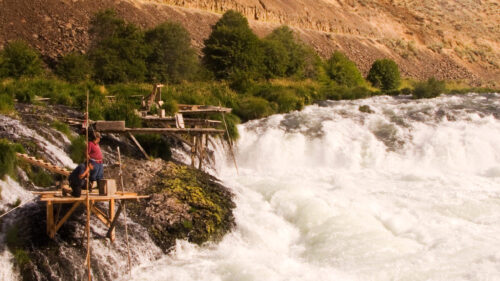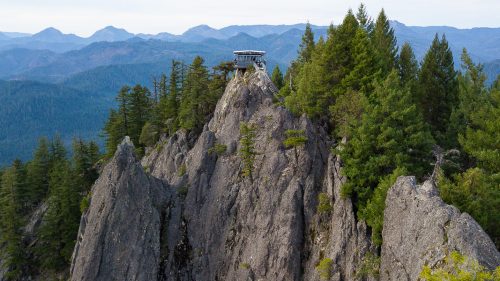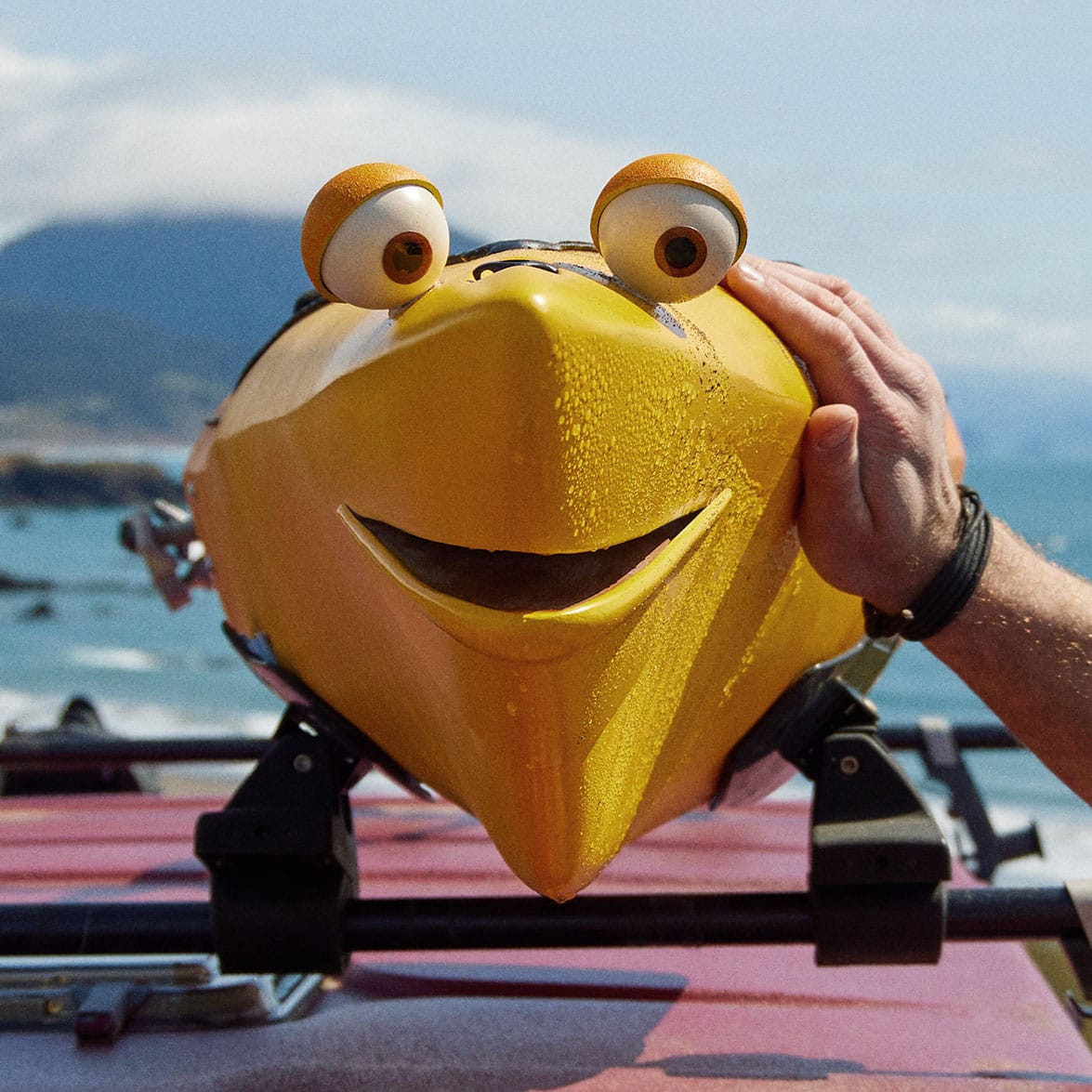Nestled in Southeast Oregon’s beautiful Logan Valley — about 45 miles southeast of John Day, in the Malheur National Forest — are the descendants of the Wadatika Band of the Northern Paiutes. Ancestors of these people consisted of small, peaceful bands of hunters and root gatherers whose territory originally stretched approximately 3.3 million acres, reaching beyond Oregon’s eastern and southern borders.
The Burns Paiute people are committed to the preservation of their ancestral lands. Even though they are one of Oregon’s smaller Tribes, their passion for conservation and preservation is strong.
“We come to stewardship from such a variety of perspectives,” says Eric Hawley, Burns Paiute Tribal chair and Logan Valley manager. “Culturally, we look at concerns based on heritage, tribal sovereignty and a search for independence. Our land management incorporates these ideas and seeks management to protect and enhance wildlife and fisheries. Our council is also interested in economic sustainability. It is truly a balancing act.”
The Tribe has partnered with local groups including the Grant County Farm Service Agency and the National Resources Conservation Service to develop plans to enhance precious waterways and meadows for protection from erosion and preservation of native flora and fauna.
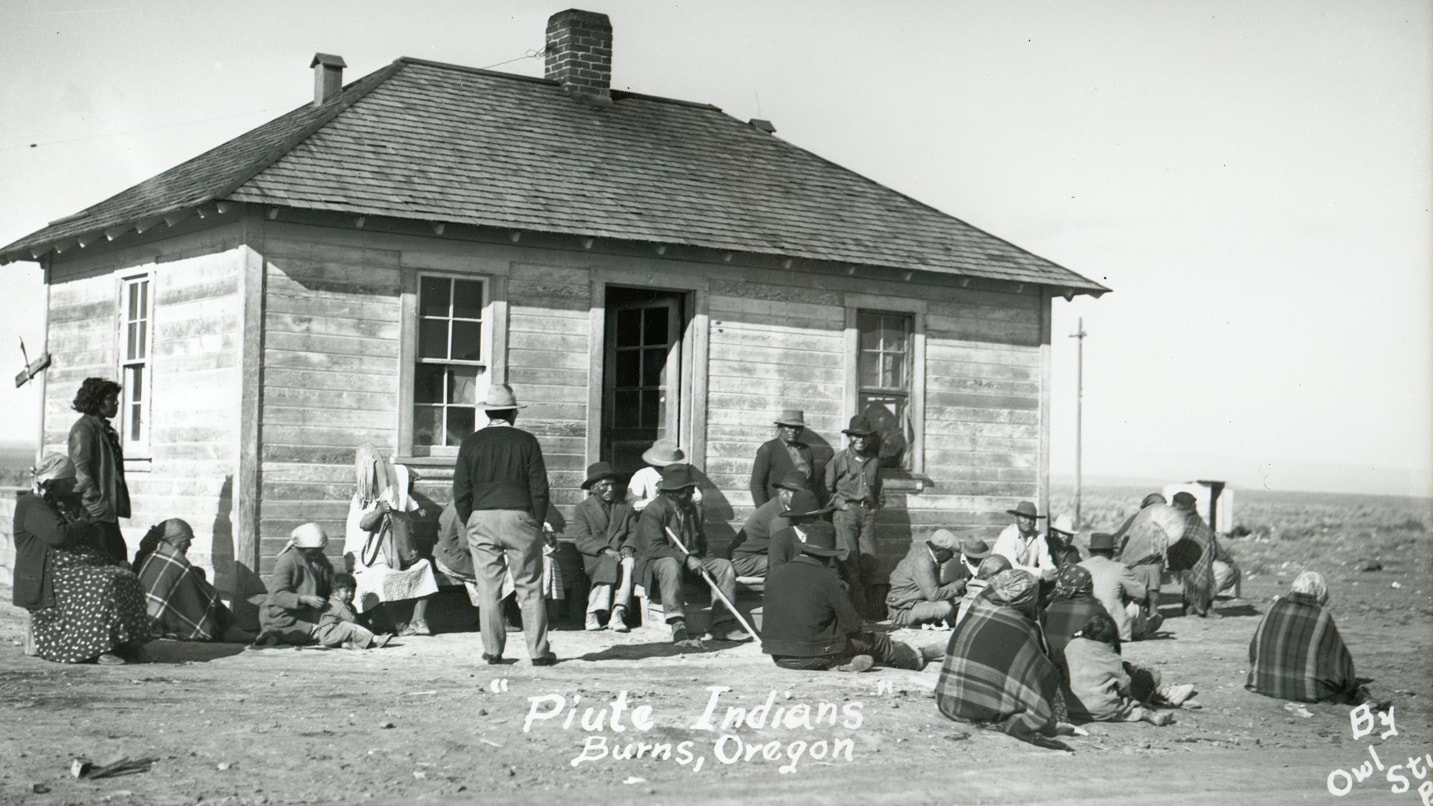
Conflict and Growth
The Burns Paiute people have lived here since time immemorial, but conflict began to arise with White settlers in the 1840s, forcing the Tribes to acquire horses and guns as defenses. The U.S. Army responded by creating a nearby military outpost, Camp Alvord, in 1864. Fort Harney was later established in 1867.
The Northern Paiutes continued their seasonal migrations for another decade. The government created an executive order in 1869 to earmark 1.8 million acres for the Wadatika, but it did not last long.
The Bannock War to the east arrived at their homeland, forcing the people to flee. After a treacherous journey, survivors returned to see that the land was reverted back to the public domain. In 1928 a local land company gave the Burns Paiute people 10 acres just outside of Burns — which was previously the city dump.
The Tribe cleaned the area, drilled a well for water and built homes, a small school and a community center. Between 1954 and 1980, nearly half of all Tribal members died, largely as a result of poor basic health care resources. The Tribe has worked hard to regain their lost land and to be recognized as an independent Indian Tribe in order to receive government contracts and grants.
Today the Burns Paiute Tribe owns the original 10 acres, plus 740 acres bought in 1934 as well as more than 11,000 acres of allotment land to individual Tribal members throughout four townships east of the reservation. Many traditional cultural practices have survived through these challenging times and are still practiced today.
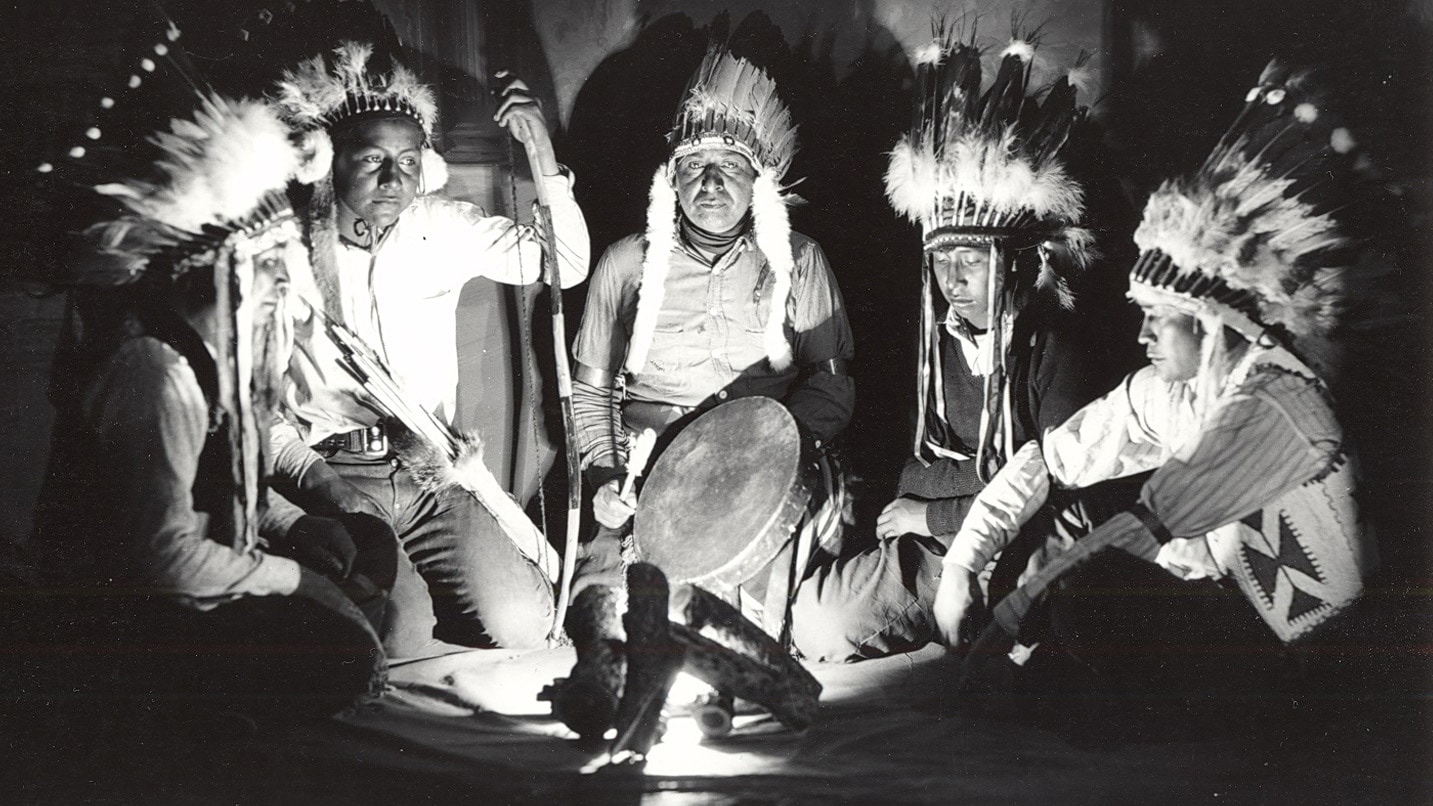
The Importance of Language and Identity
Language is what connects us to those around us as well as our ancestors. Members of the Burns Paiute Tribe worked with Professor Tim Thornes, an assistant professor of linguistics at Boise State University, to preserve their language. Thornes was a graduate student at the University of Oregon about 20 years ago, where he got to know the last known speaker of one of the Northern Paiute dialects, Irwin Weiser. After Weiser’s passing, Thornes continued to work with Weiser’s grandson and successor, Steve Weiser. Ruth Lewis, a Burns Paiute elder, also assisted Thornes as translator for his work. “So much cultural knowledge is lost with the loss of language,” Thornes says.
The project included the creation of a glossary of terms, a grammatical sketch of the language and CDs of original recordings of Northern Paiute elders speaking. The Burns Paiute Culture & Heritage Department’s Wadatika Neme Yaduan Nobi Language Program also hosts an Elder’s Language Circle for members to work together to preserve their native language. A mini culture camp for family and friends is offered for community members as well. For most of humanity, language is directly tied to our identity, and this is no exception for the Northern Paiute descendants.
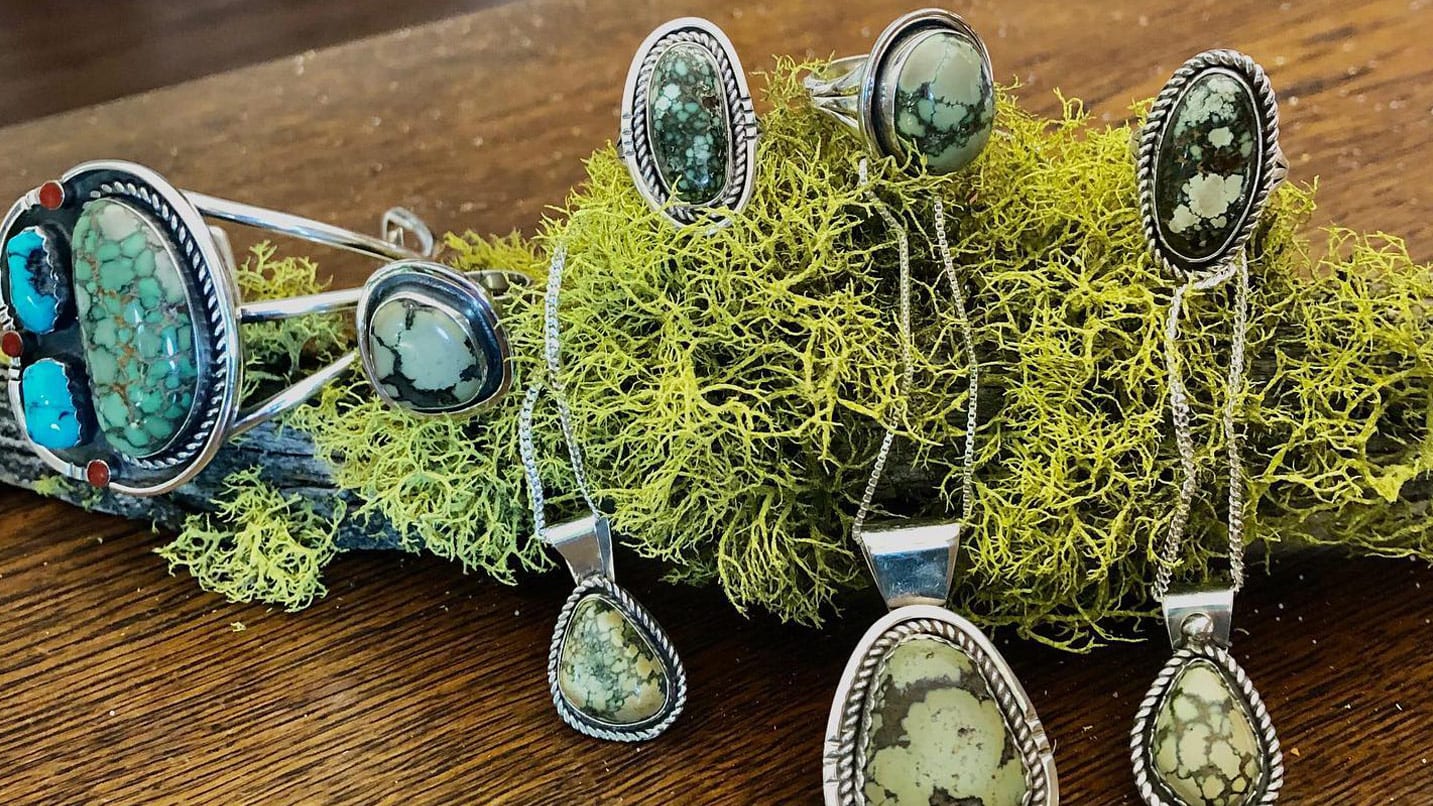
Ways You Can Support the Burns Paiute People
Shop the Galleries
Visitors can find stunning artwork, handmade jewelry and museum-quality pottery at the family-owned Oard’s Gallery off Highway 20 East in Burns. The art museum and shop has been around for 130 years, with beautiful artwork representing nine different Tribes, including local Northern Paiutes. Everything in the store is authentic and available for perusal or purchase for collectors, historians and enthusiasts. The antique museum is free, but you can support the Indigenous community by shopping for handmade baskets, beaded art, clothing, furniture, Native art and paintings, jewelry, rugs, and more.
Visit a (Virtual) Powwow
In October a yearly celebration of Tribal members and neighboring Tribes is held: the Burns Paiute Reservation Day Powwow. This seasonal celebration has been declared a Tribal holiday in honor of the day the trust land for the Tribe became a reservation. Another powwow takes place in May on Mother’s Day, hosted by the University of Oregon. The year 2021 marks the 53rd year of the celebration and comes thanks to the efforts of the Native American Student Union, the community and the university. The prominent event includes representation of multiple Native American Tribes around traditional homelands of the area. During COVID-19, the October 2021 powwow is virtual for the second year in a row; find information on how to support the event and watch some great videos at the UO’s website.
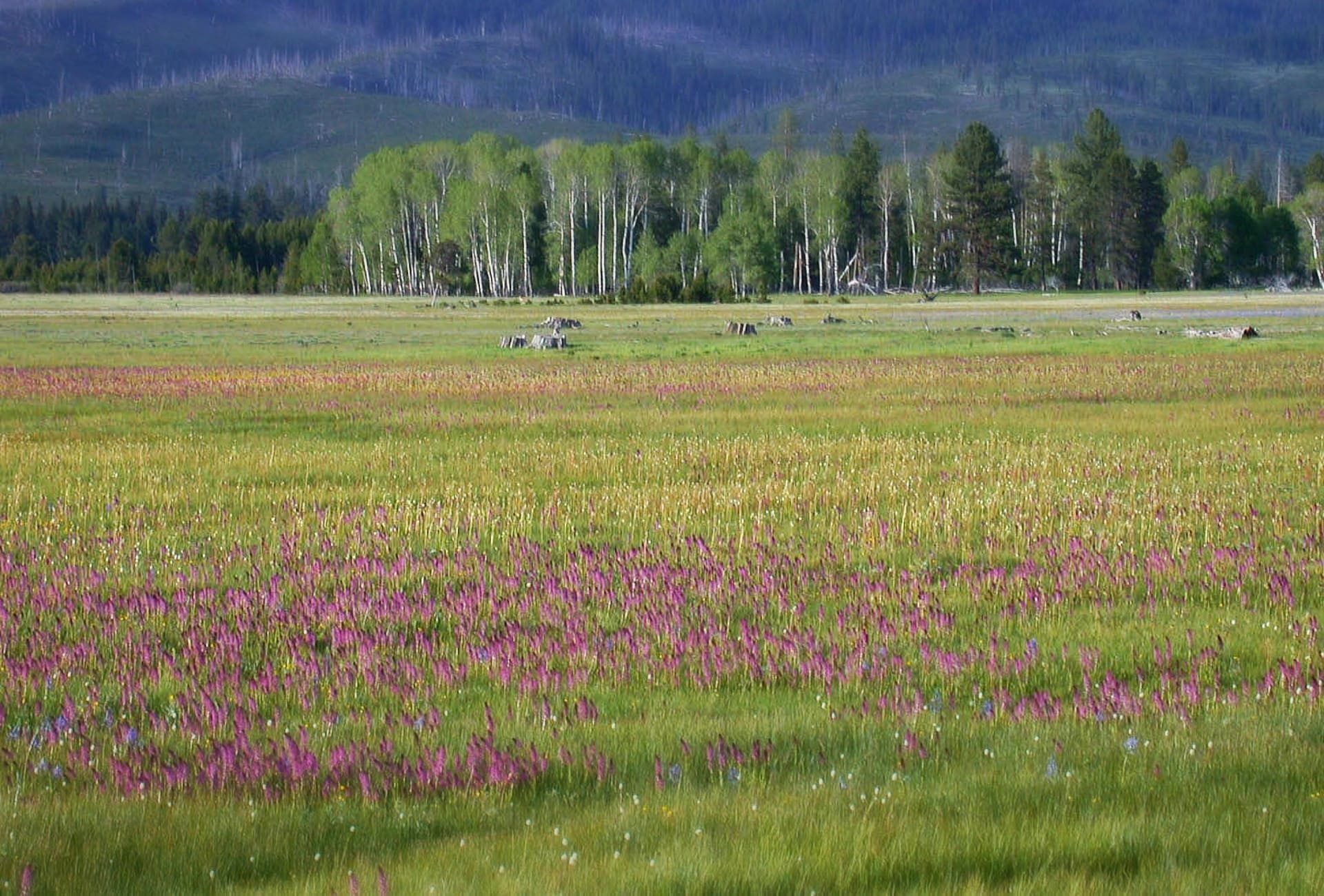
Explore the Local Flora, Fauna and Wildlife
The lands in this area are sacred. Visiting them is a great way to pay respect to nature and to the Indigenous peoples who live(d) there. Another way to support the Indigenous people of the Burns area is to visit the Malheur National Forest, which features Logan Valley, an extensive region created through incredible geologic forces. The valley is considered a graben, which means it’s a long block of the earth’s crust shifting downward between two higher faults, creating a rift valley.
Visitors to the area can see three major creeks converging into the Malheur River. These geologic influences have created a rich atmosphere for a variety of plant habitats from wet, lush meadows to narrow ridges of dry soil with sparse vegetation. A variety of wildflowers have adapted to make this diverse habitat their home. Look for the elephant head lousewort, paintbrushes and western polemonium in the early summer; mariposa lilies and the solitary sagebrush in the late summer. A variety of elk, antelope and deer as well as a diverse population of birds also call the region home.
You can also check out the Logan Valley Interpretive Site, a simple paved pullout next to Forest Service Road 16. There are no facilities here, but it offers excellent views of the south side of Strawberry Mountain Wilderness, beautiful wildflower displays and frequent wildlife sightings.
One such site that holds great mystery and reverence is Malheur Cave, a giant lava tube that isn’t accessible to the public but is the subject of fascinating creation stories and legends. You can read some of them written by Oregon elder Wilson Wewa, great-grandson of two influential Paiute chiefs and a well-known speaker of Great Basin history, in his book, Legends of the Northern Paiute.
Connecting for Tomorrow
The Paiute people valued peaceful qualities within their Bands. Due to many tragic circumstances in the past, survivors of the Tribe lived as a tight-knit community, relying on each other to stay alive. Today their commitment to each other remains strong, with a community of loving people dedicated to preserving their history and creating opportunities for the future. Visit their website or Facebook page for more information on the Burns Paiute Tribe in Harney County or to reach out to local Tribal members.
